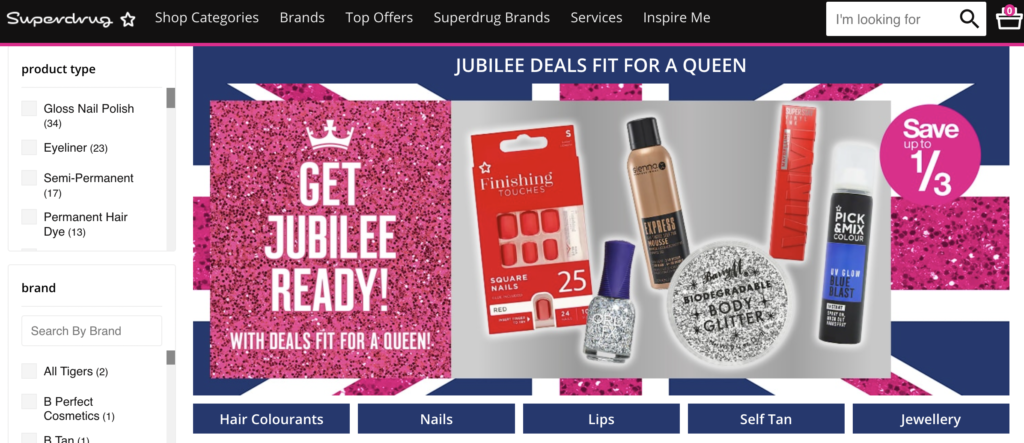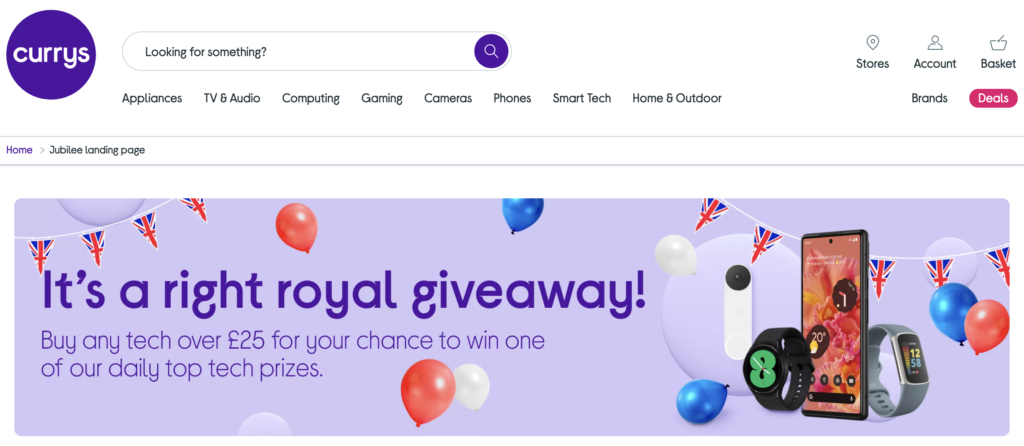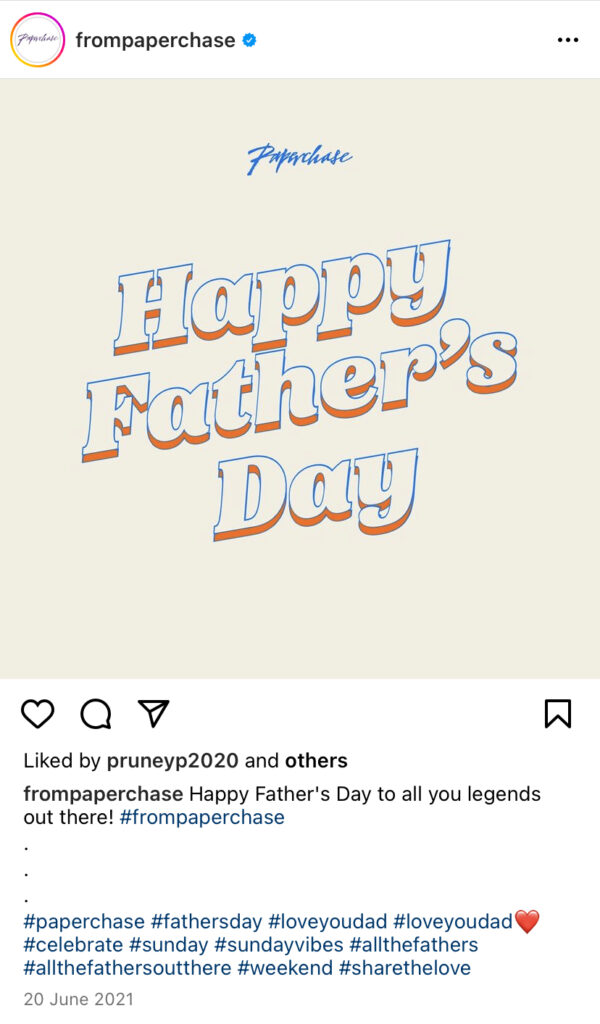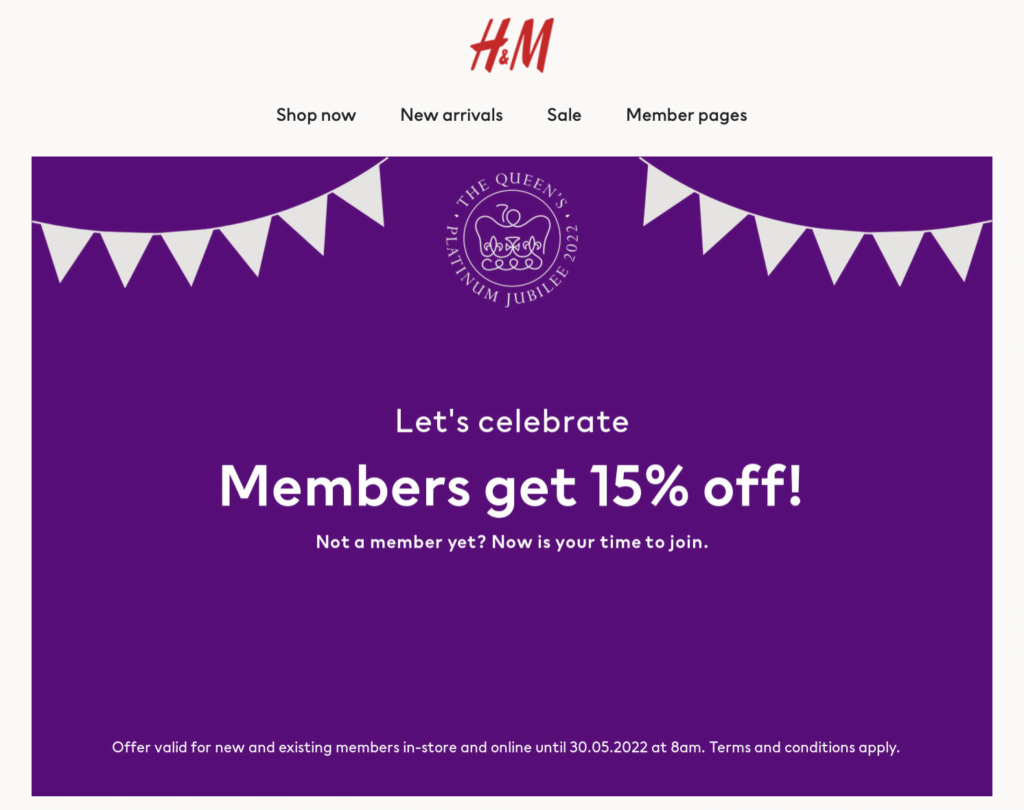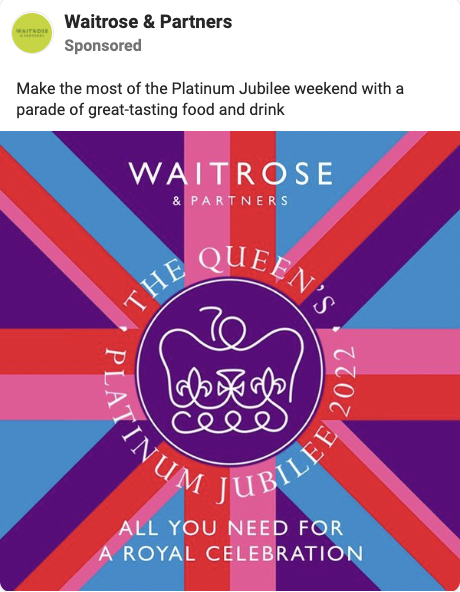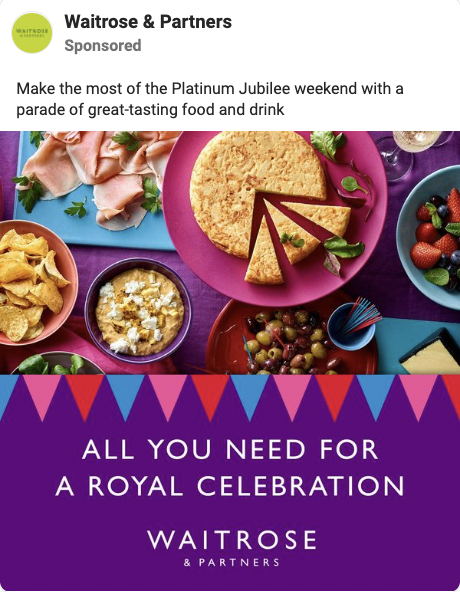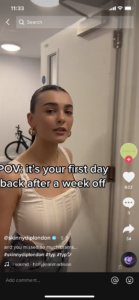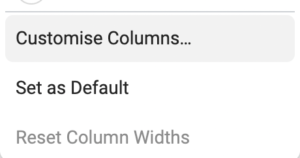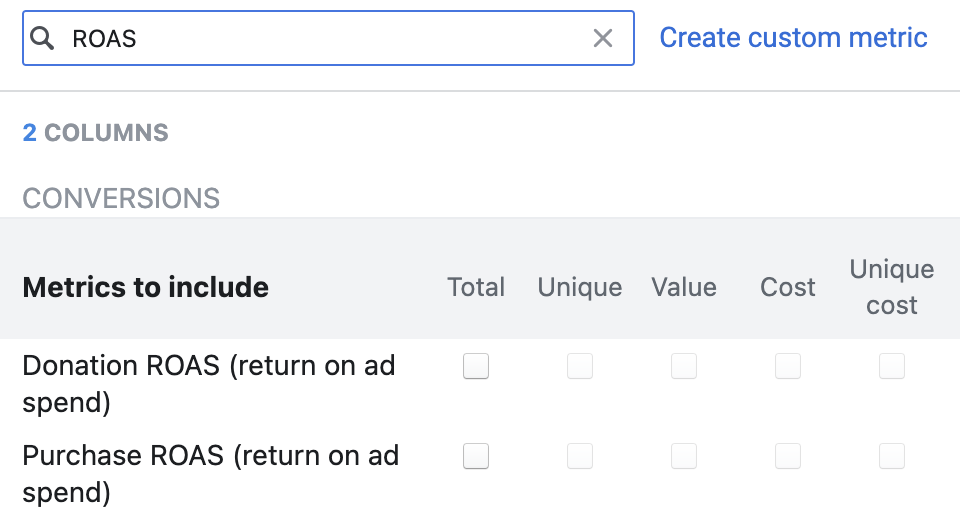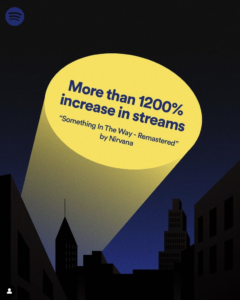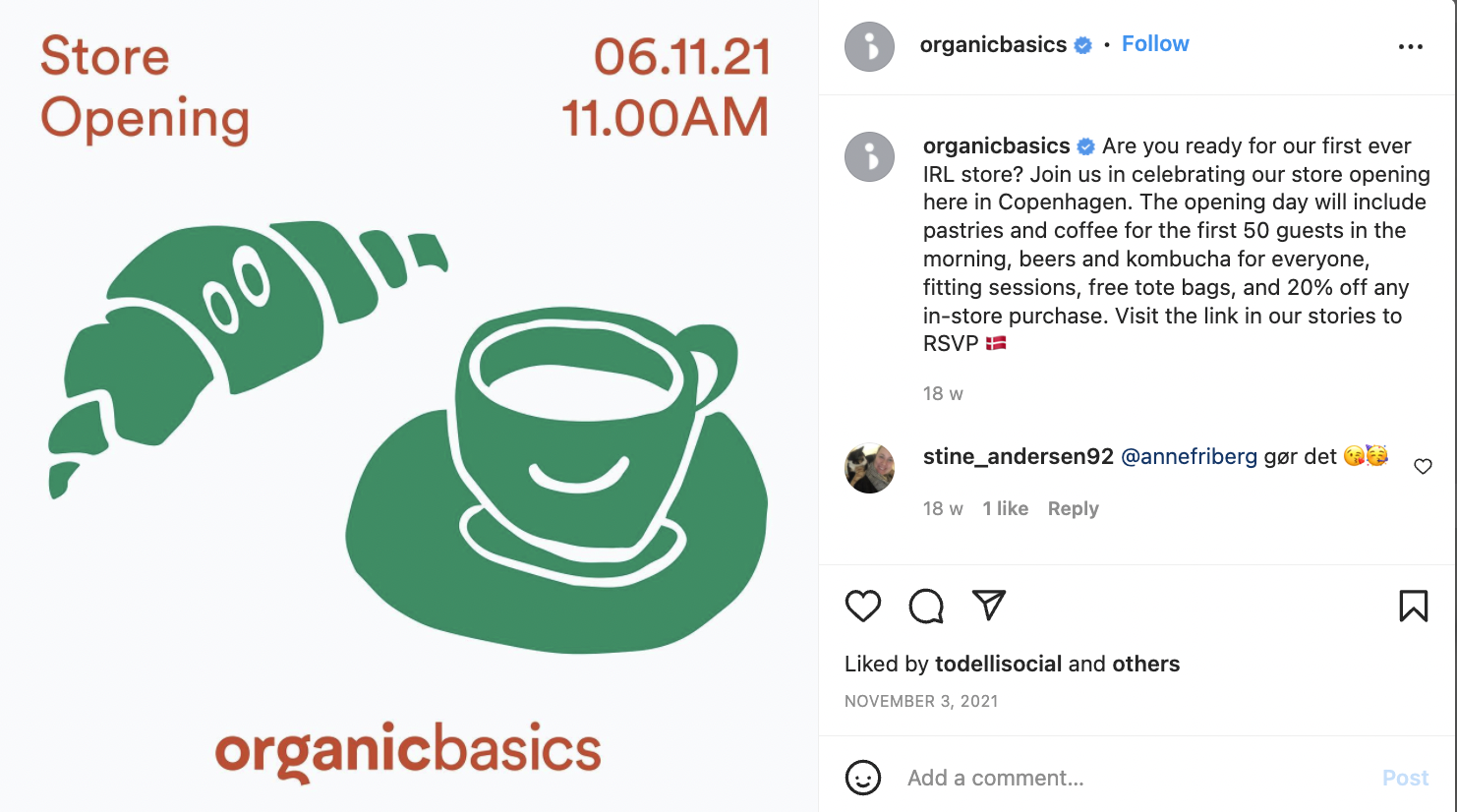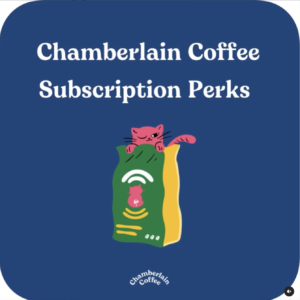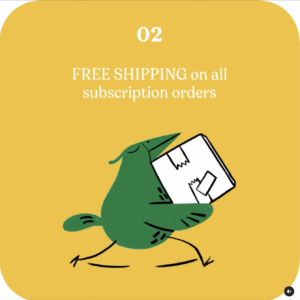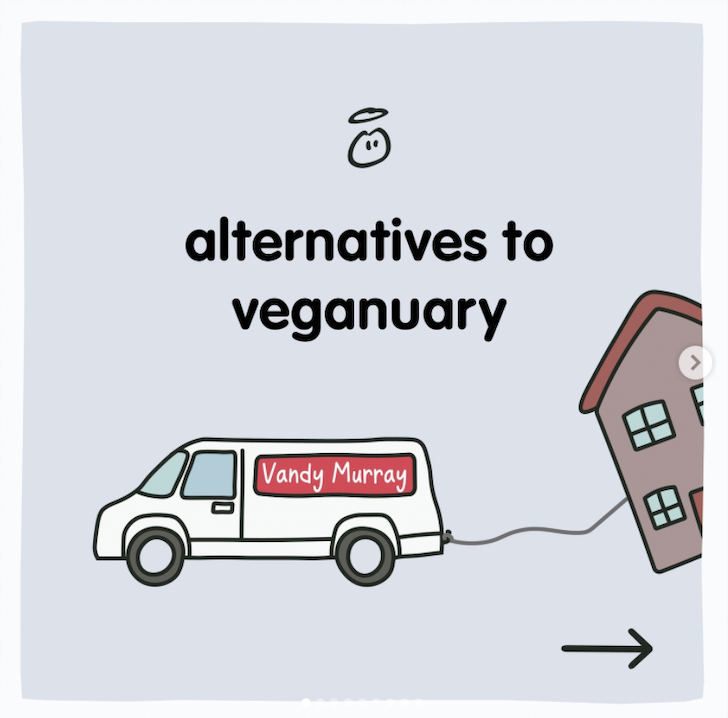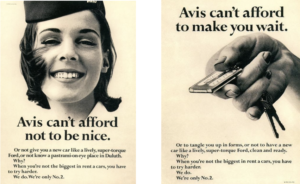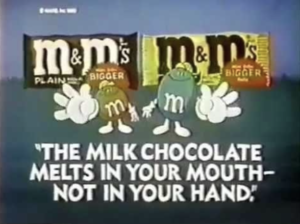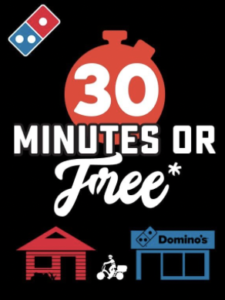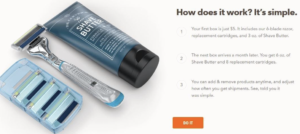No matter the efficacy of your paid social ads or email marketing campaigns, your website is where the most important step occurs for your business: conversion. That’s why it’s incredibly important to ensure that your website’s conversion rate is fully optimised.
Whether your customer knows your brand from your organic social media presence, or has come across your website and brand for the first time, your website needs to provide a smooth and simple process from your customer visiting the landing page to completing their purchase.
Here’s 7 ways you can boost your website conversions – all proven to optimise conversion rate.
1. Add a pop-up to your landing page(s).
A pop-up is a great way to entice customers to make a purchase, advertising a first-order offer or product/bundle discount, for example. You can test different incentives until you reach the highest conversion rate.
Ensure your pop-up appears with a 30 second delay and is easy to close, so that it doesn’t annoy site visitors. You can also set a cookie to make your pop-up message only appear once per user.
The top website pop-ups can reach a conversion rate of nearly 10% (for every 100 website visitors, 10 make a purchase via the pop-up message). Give it a try to boost your conversions.
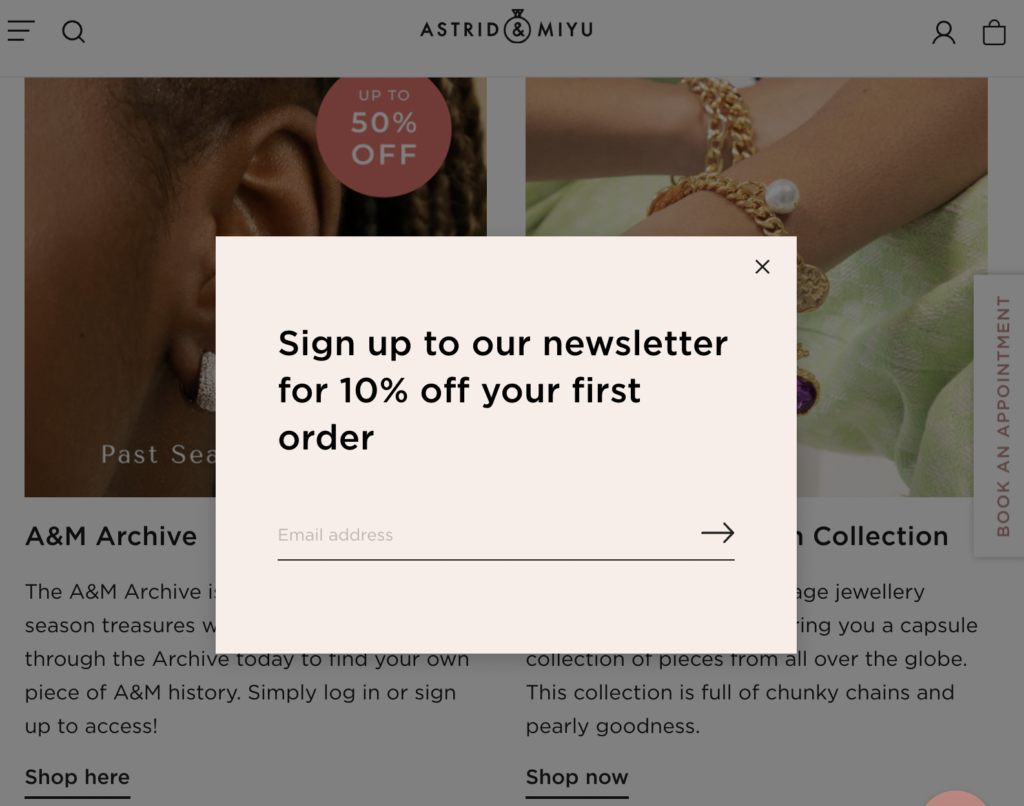
2. Include social proof.
Your customer wants to make sure their purchase will be worth their investment – and customer testimonials and reviews can help build their trust. According to Trustpilot, 89% of consumers check online reviews before making a purchase – and you can make this investigative process easier by including social proof on your site.
By quoting happy customers on your landing page, as well as a dedicated review page and a link to third-party review sites like Trustpilot, you’ll be able to build potential customers’ certainty that your product/service is worth investing in, leading to increased conversions.
3. Keep pages simple and easily navigable.
From the first glance, customers shouldn’t feel overwhelmed by a busy and cluttered landing page. It’s crucial to keep your website’s design simple, clear and easily navigable – so that visitors focus on your offering and make a seamless journey towards a purchase.
Don’t include something if it isn’t essential or valuable to the customer journey. Every page and section needs to clearly lead to conversion. Include a headline/subheadings, your product’s benefits/features/USPs, testimonials/reviews and visual creatives/animated content.
The more content your visitors have to scroll through to find out about your products and make a purchase, the less likely they are to convert. Make sure the experience of visiting your website is smooth and straightforward- with minimal distractions.
4. Simplify your sign-up form.
When customers begin to fill out a sign-up form to receive your newsletter and create an account on your site, they wish to complete the process quickly. It’s your job to make sure this is smooth- by only requesting essential information. This might just be their email address – leave the ‘how did you hear about us?’ to the post-purchase survey.
You can even add a 3rd-party sign-up service to eliminate any form-filling, such as allowing the customer to use their Google or Facebook account. Ensure you give your customers a seamless experience from start to finish.
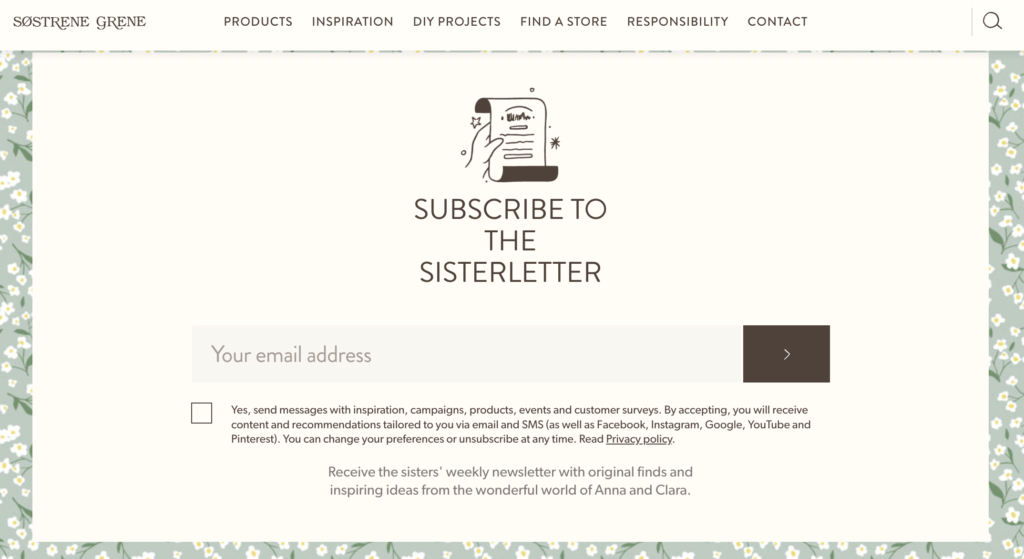
5. Strengthen CTA copy.
Rather than constantly sticking to CTA copy like ‘shop now’ or ‘sign up’, more creative copy can generate greater conversions as it subtly, yet powerfully, entices the customer to progress to the next stage of their journey on your website.
Adding the word ‘yes’ before a CTA psychologically paints it in a positive light, increasing the likelihood that a customer acts on the command;
![]()
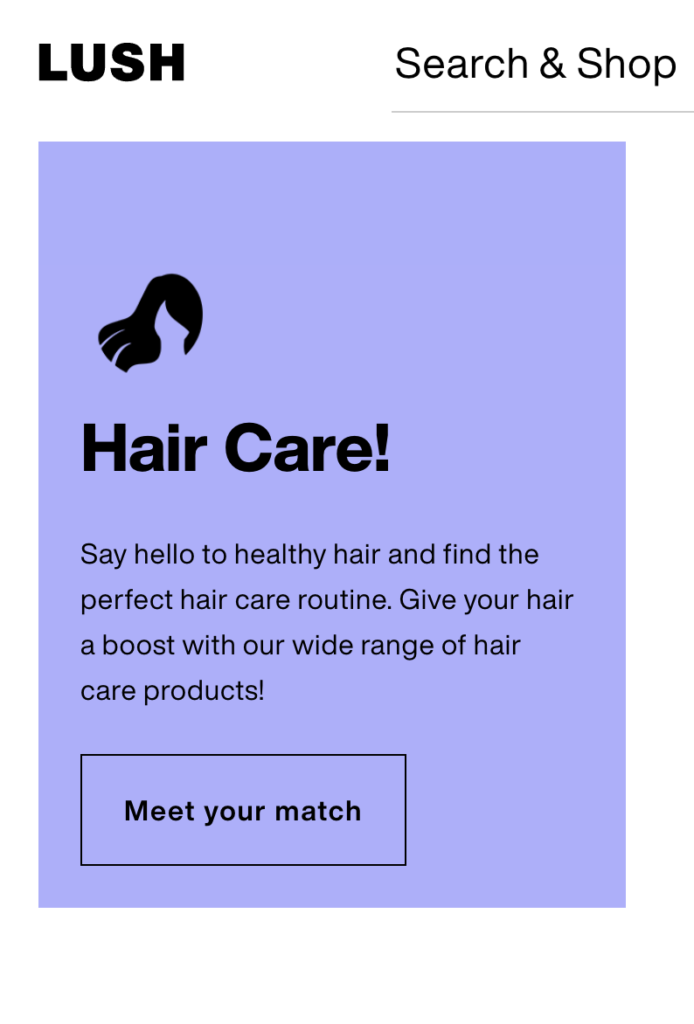
Ensure your CTAs are clear and placed throughout your website and landing pages – so that there is always an opportunity to move closer to purchase, no matter how much a customer scrolls through a page. This may be the same CTA incorporated at several points throughout a page.
The sooner a CTA appears when the customer visits a page (ideally without scrolling first), the better.
6. Add a countdown timer.
Including a countdown timer on your landing page, added to a sale or offer advertisement for example, is an effective way to encourage quicker conversions. If customers see a timer, they’ll know something is exclusive and only available for a limited time (and therefore more desirable), and their sense of urgency to purchase will increase.
7. Offer a money-back guarantee.
Another great way to remove customers’ objections to risk and increase security in purchasing from you is to offer a money-back guarantee. By promising high quality and strong return on investment, a clear money-back guarantee on your website is an effective incentive for customers to move towards conversion.
Whether you boldly display this guarantee in your site’s visual creatives or you add it to product descriptions, make sure it’s clearly visible on the page so you can capitalise from its message.
The final thing to do is make sure your website is optimised for mobile– to increase conversions from this platform and improve your Google rankings. On mobile, the experience of viewing your website is different. Less is more on mobile- your mobile site should have further simplified navigation (making use of the hamburger menu). Utilise Google’s mobile testing tool to check whether your site is mobile-friendly and discover ways you can improve mobile performance.
It is advisable to take a look through your website through your customers’ eyes, and see what the experience might be like when you visit for the first time. Ask yourself questions like; is it easy to navigate? Does it make use of clear and well-populated CTAs? What could be added/changed to optimise conversion rate?
Keep in mind websites you’ve visited and purchased from in the past – these can act as strong models to follow to ensure your site effectively generates conversions.
So, there you have it. A comprehensive guide of ways to optimise your website’s conversion rate.
Need further help to create an effective, sleek website for your business and boost your online conversions? Get in touch with us today- we’re a team of marketing specialists offering brand development support and creative management, including paid social media ads and email marketing.
We’re experts in all things SEO and site performance- book a call in with us today and find out how we can help scale your business 🚀

